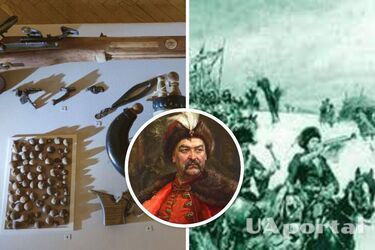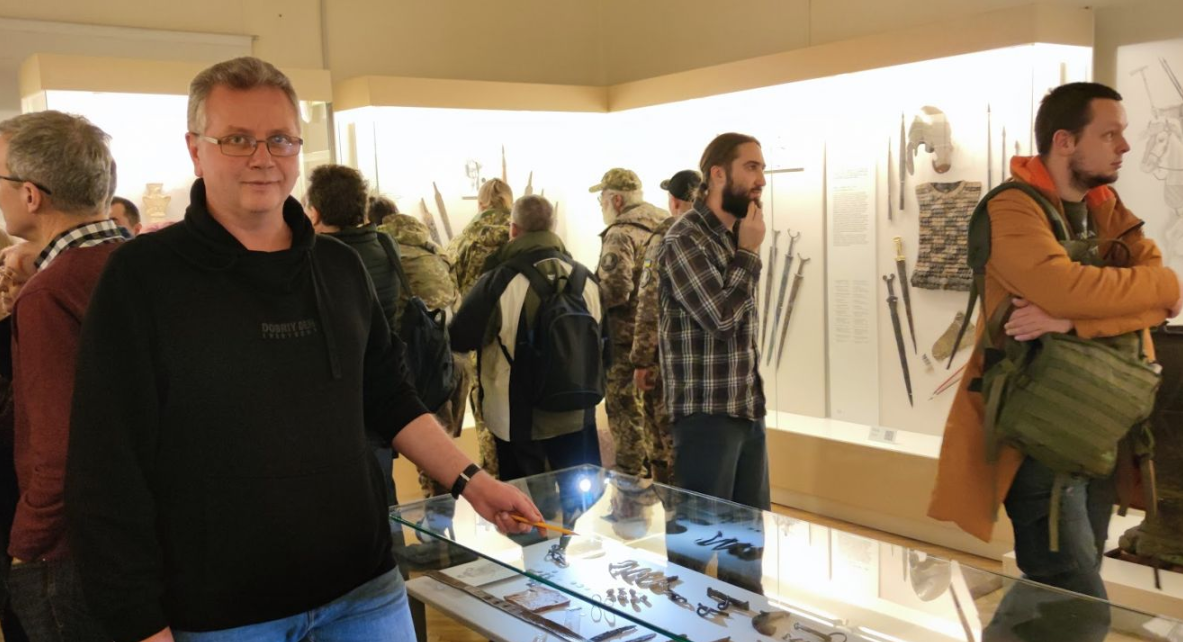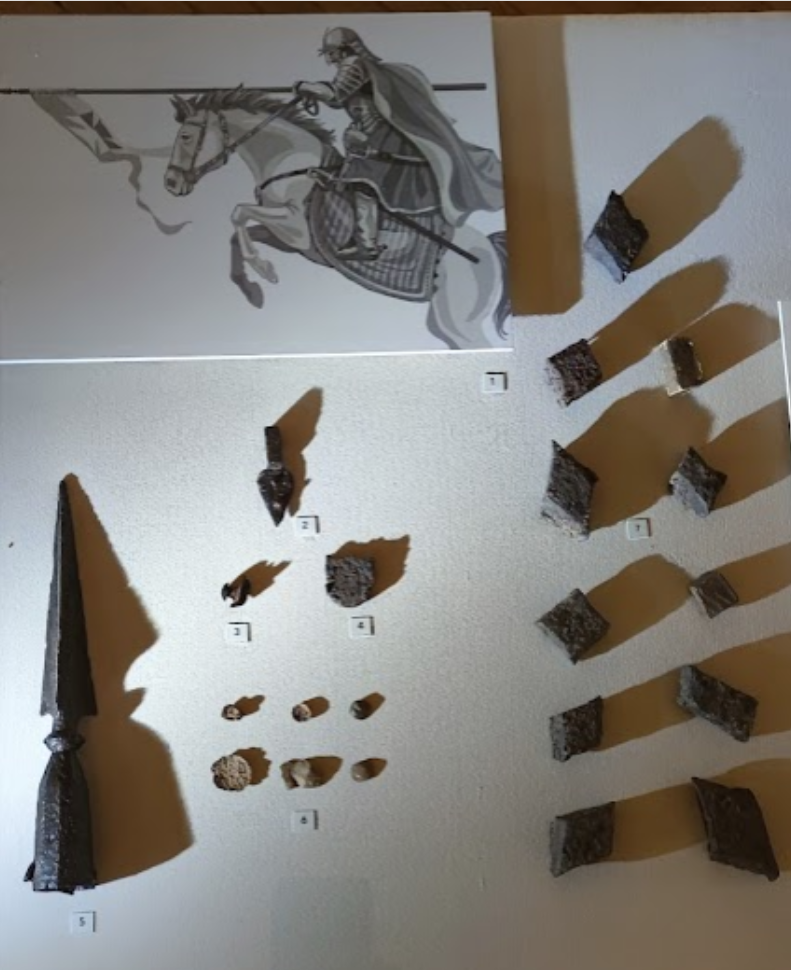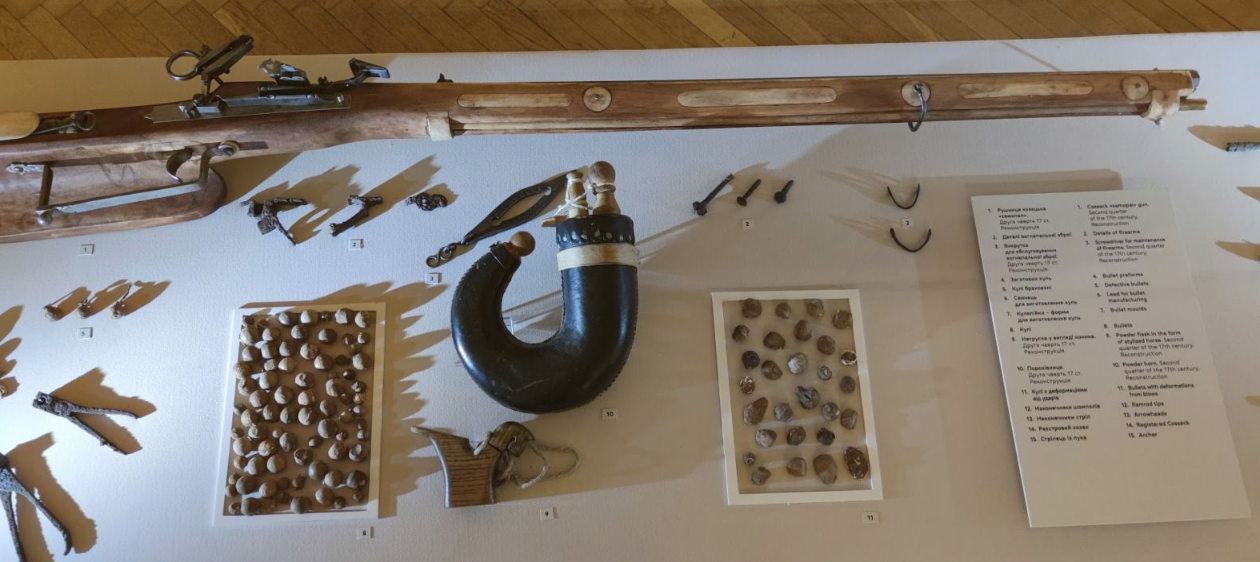Ukrainian scientists accidentally found the site of a grand battle involving Bohdan Khmelnytsky (photo)

Scientists from the National Museum of History of Ukraine accidentally discovered the site of the grand Kumeyki Battle of 1637, with the participation of Bohdan Khmelnytsky. It happened during a routine archaeological survey in Cherkasy region.
The battle of Kumeyki was fought between the Cossacks and the crown army. This was reported by the head of the museum's archaeological expedition, Candidate of Historical Sciences Serhii Didenko in an interview with Fakty.
Read also: 1400-year-old frescoes depicting two-faced men discovered in Peru
At the time, Bohdan Khmelnytsky held the position of scribe, one of the key positions in the Zaporizhzhian Army.
The first findings of this battle were shown at the Prez shabli maem prava exhibition of ancient weapons, which opened on Volunteer Day, 14 March, at the National Museum of History of Ukraine.
The historian noted that the battlefield covered several hundred hectares. Therefore, it is an unprecedented success to find archaeological finds. The battle is mostly known from written sources, which are subjective.

According to him, the Battle of Kumeyki was definitely large-scale. The battlefield was located between four villages: Kumeyki, Moshny, Sofiivka, and Yasnoziria. The research helped to establish the location of the Cossack and Polish camps where the fighting took place.
Read also: Archaeologists unearth 1200-year-old temple complex in Peru
Didenko said that the battle site was found when archaeologists were exploring the monuments of ancient Rus last year. During the work, they came across archaeological material dating back to the late Middle Ages. The scientists concluded that the findings were directly related to the Battle of Kumeyki.
"This village is located a few kilometres from the site of our excavations. I should note that this area was hardly explored before us. It turned out that a generous gift of fate was waiting for us there," the scientist said.
Initially, the archaeologists found a large number of bullets from muskets (handguns). There were several dozen of them per day. Then they found parts and fragments of cold steel and firearms, items of Cossack life, fragments of Polish equipment, and even handcuffs (probably for prisoners) at the site of the Cossack camp. Among the finds are coins minted no later than 1637.
"This fact strongly suggests that we have found the place where the battle of Kumeyki took place. The dating of other items we found there also corresponds to the same historical period. We presented only a part of the finds at the exhibition," Didenko said.
The historian said that it was difficult for him to single out one of the most interesting finds. However, he focused on the point of a Polish winged hussar's spear (the armour of such hussars was decorated with feathers). Such points are a very rare find. In general, the collections of European museums include weapons of winged hussars of the late 17th and 18th centuries. But we found much earlier samples, from the 1630s, which are few and far between in museums.

The finds were almost on the surface, and some of them were dug up at a depth of about half a metre. The condition of the items is quite satisfactory, but they do not require primary conservation so that they do not crumble during transport. They will be professionally restored at the museum.

Earlier, archaeologists from the Israel Antiquities Authority unearthed a papyrus payroll in the area of the ancient fortress of Masada, written in the name of a Roman soldier.
If you want to get the latest news about the war and events in Ukraine, subscribe to our Telegram channel!
